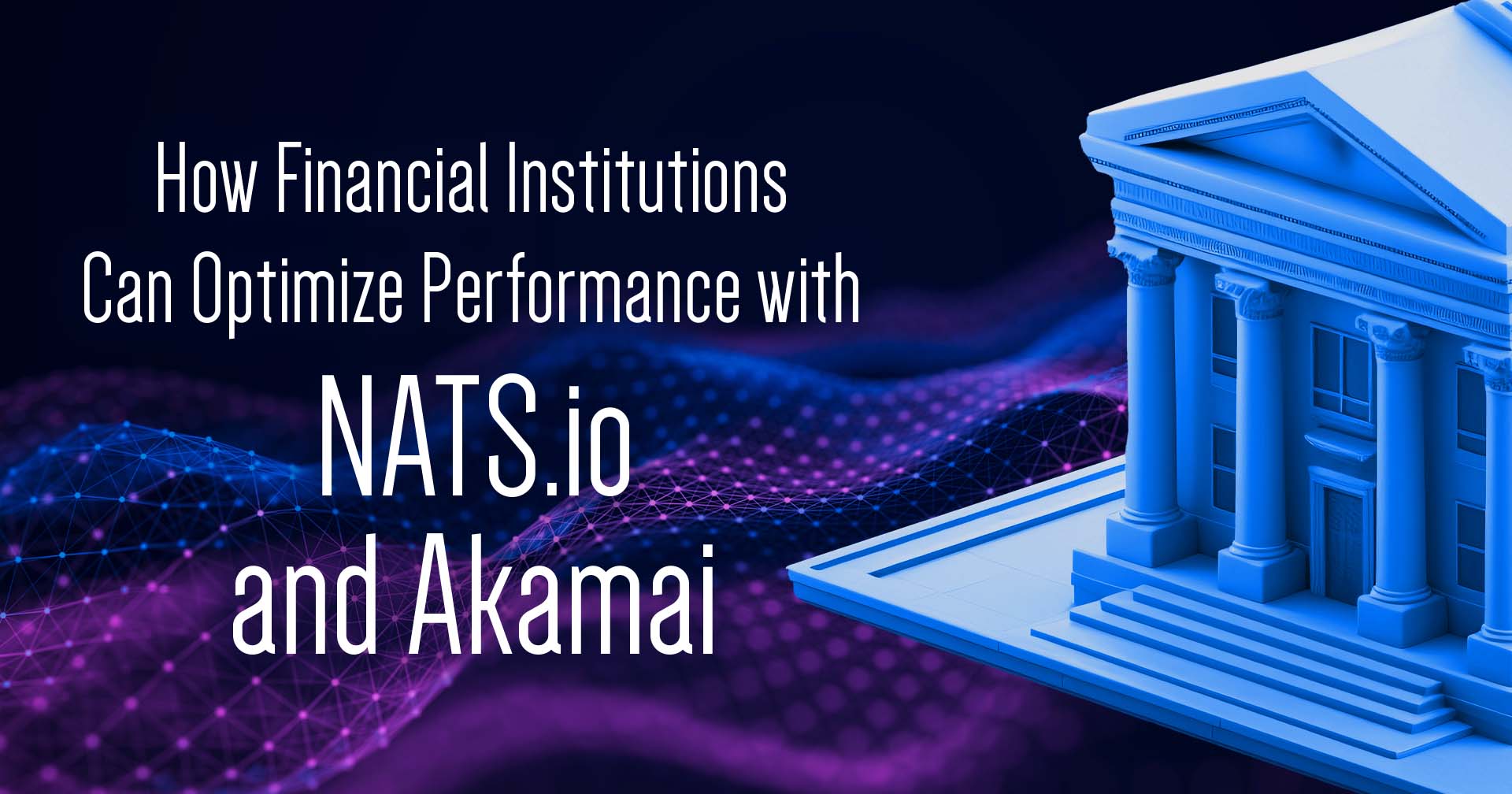Financial institutions need to process a massive amount of transactions per second. Because these transactions typically contain highly sensitive data, they need even more rigorous standards of security, latency, and consistency than usual. They need to ensure that all transactions, whether they are e-commerce purchases or direct bank transfers, are instant, secure, and error-free. Can you imagine a customer’s payment just getting stuck in limbo because your system couldn’t keep up? The frustration and abandonment rates would be through the roof. So how do you build a highly distributed, low-latency, and globally consistent system?
The High Stakes of Payment Processing Performance
Recently, one of our customers, a large national bank, was faced with this exact data processing problem. This bank handles a staggering volume of online transactions every day – millions upon millions of payments, money transfers, and card registrations, which are funneled through their systems from customers across the United States. These transactions needed to be kept in sync.
They needed to be able to ingest and process these transactions whether it was coming from New York, Los Angeles, or anywhere in between. Even the slightest delay or inconsistency could lead to failed payments or security breaches. So you can imagine the level of performance and data consistency they required. This was a true mission-critical system that their entire business relied on.
This bank needed fast response times because a delay of more than five seconds can significantly reduce customer satisfaction. According to Kissmetrics, 47% of customers expect transactions to complete in under two seconds. High latency and frequent timeouts not only frustrate users but also lead to transaction abandonment. According to a study by Harris Interactive, 66% of mobile banking users have reported abandoning a transaction due to issues during the checkout process, with 36% specifically citing slow load times as a primary reason for abandonment, highlighting the critical need for speed and reliability in digital banking services. Therefore, minimizing latency and avoiding timeouts were not just technical challenges for this customer, but critical for them to maintain their own customers’ trust.
Ensuring Fast and Reliable Payment Processing with Akamai
The bank’s requirements were clear: They wanted to build a highly distributed, low-latency system that could provide consistently fast performance. They also needed to have global data consistency, along with intelligent request routing to ensure each query hit the closest, most performant node. They needed a solution that could take this tremendous influx of sensitive data, keep it tightly in sync, and then rapidly serve it with minimal latency and maximum availability.
To achieve this, they used Akamai’s intelligent Global Traffic Management and the blazing fast NATS.io messaging system. NATS.io is a high-performance messaging system optimized for cloud-native environments, enabling efficient data distribution and synchronization.
Let’s take a look at the above reference architecture that we implemented for this customer that leverages NATS.io and Akamai to achieve global consistency and high performance for digital payment systems.
In Step 1 shown above, a user initiates a transaction through their digital payment application, and the application sends the transaction data to the DNS.
Next, the DNS directs the transaction to the nearest Akamai compute region. The transaction data is then sent to the NATS.io broker in the selected region via the HTTPS/NATS gateway. The NATS.io cluster ensures that this data is propagated to all other regions within the system with less than 100 milliseconds of latency, maintaining global consistency. Any required data (e.g., user balance, transaction history) is quickly retrieved and updated across all regions. Once the transaction is processed, a response is sent back to the user through the HTTPS/NATS gateway. The DNS ensures the response is routed optimally, providing the user with real-time feedback on the transaction status.
This architecture is highly beneficial for two reasons: it improves performance and scalability. It uses performance-based DNS load balancing and the high-speed propagation of NATS.io to provide low-latency responses that are critical for real-time payment processing. The distributed nature of the Akamai compute regions ensures that the system remains available even if one or more regions experience issues.
As the volume of transactions grows, additional compute regions and NATS.io brokers can easily be integrated into the system. This horizontal scaling approach allows the system to handle increased load without significant reengineering. By distributing the load across multiple regions, the architecture can support a higher number of concurrent transactions while maintaining low latency and high performance. Another key aspect of this architecture’s scalability is its ability to handle peak loads efficiently. During high-demand periods, such as holiday shopping seasons or major sales events, the system can dynamically allocate more resources to manage the surge in transactions. This ensures that users experience consistent performance regardless of the transaction volume.
Intelligent DNS-Based Load Balancing for Optimal Performance
After we architected this solution, we tested it out for the customer. We created a sample dataset of 100 million keys and loaded that into a highly available NATS.io cluster in one of our core compute regions.
The core was a 3-node NATS.io cluster deployed in a primary Akamai compute region, providing redundancy and high availability, shown above. Next, we added single leaf-node NATS.io machines deployed across 10 separate Akamai compute locations throughout North America. By distributing NATS.io nodes across Akamai’s global edge network, the data can be brought closer to end-users, reducing latency.
Each of those distributed NATS nodes had secure HTTPS gateways deployed alongside it, allowing their applications to interface with that high-speed data pipeline using standard web protocols. No complex integrations required. But the true magic lies in how we utilized our global edge network and load balancing capabilities. When one of their customers goes to make a payment or registers for a new card, Akamai’s Global Traffic Management leverages intelligent DNS-based load balancing to route users to the closest, most performant Akamai compute region.
This ensures that users are always connected to the nearest available node, minimizing latency and providing high availability. The load balancing considers factors like user location, network conditions, and node health to make routing decisions. So rather than having to traverse the internet and multiple hops to reach some centralized database, the customer is hitting that distributed NATS instance just a few milliseconds away, with the data already prepped and ready to go locally. This low-latency solution guarantees that data is brought closer to end-users through the distributed NATS.io nodes, and intelligent routing ensures requests hit the nearest available node. Additionally, the NATS.io messaging system synchronizes data across all nodes within a tight 100ms window, providing global data consistency.
The End Result
This powerful solution integrated Akamai’s globally distributed edge network, intelligent traffic management, and the NATS.io messaging system for superior performance no matter the traffic. After the bank switched to Akamai, they consistently met the 60-millisecond SLA window with their digital payment provider, eliminating variability and accelerating the workflow. This change not only improved compliance with their digital payment provider’s stringent SLA, but also enhanced the overall customer experience by providing reliable and fast transaction processing. This use case highlights the critical role of choosing the right infrastructure to support digital payment solutions and the significant impact it can have on maintaining customer trust.
If you’re looking to implement a low-latency system, we’d love to talk to you! Or you can apply for up to $5,000 in credits to migrate your current infrastructure to Linode.









Comments